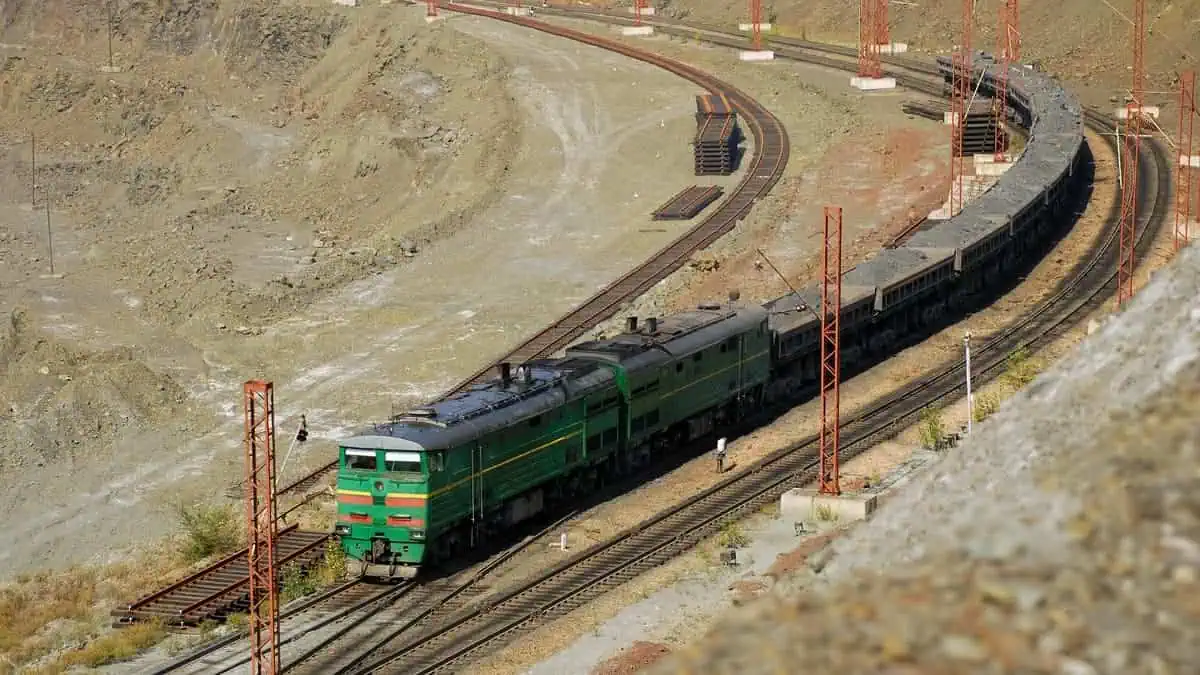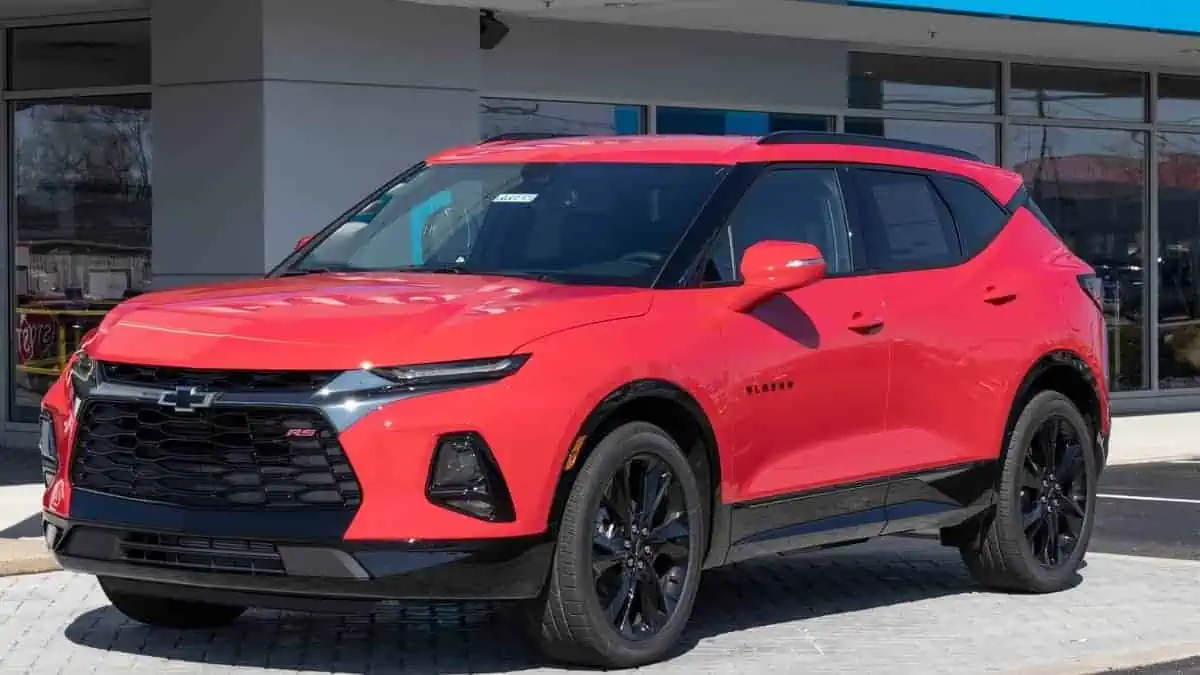The electric vehicles generate energy while going downhill, according to reports.
Various projects–particularly trains and trucks– are now using gravity as their energy source; this is according to a report by NBC News.
The projects use a feature called “regenerative braking” in electric cars; basically, it means using the motor to slow an electric vehicle to recharge its batteries.
Accordingly, the report stated that electric vehicles could generate energy under the right conditions, going downhill at enough of an angle with a heavy load. The vehicles can use the amount of energy to make their trip back up, and they often make electricity to spare.
“When you have a descent of 10 percent, from top to bottom, you never need to recharge,” said Roger Miauton, the chief executive of the Swiss electric vehicle firm eMining AG. “You generate enough energy going downhill as you need to get back up again.”
eMining Switzerland’s eDumper
The eDumper is a 65-ton dump truck, and it claims to be the world’s largest vehicle. It is a Co2-free transport, and it said that it has no maintenance cost.
Accordingly, it costs twice as much as a diesel-powered truck. But on the good side, it doesn’t need any fuel-saving as much as 11,000-22,000 gallons of diesel annually. And since it generates power while going downhill, it rarely needs recharging.
“Fully loaded eDumpers from eMining AG (total weight 123 tons) transport 65 tons of limestone and marl rock from the higher mining area to the permanently installed transport system.”
“The energy stored in the batteries is used for the empty trip uphill. After designing electric trucks, we aim to develop, design, and market electrified construction machinery.” It said on its site.
It is currently used in a quarry near Biel in Switzerland, hauling 70-tons loads of lime and rocks.
Another mining company in Australia, Fortescue, announced last March that they would build an “Infinity Train” where it generates electricity while carrying loads of ore from mines in the outback.
Like the eDumper, the project will use gravitational energy to fully recharge its battery-electric systems without any additional charging requirements for the return trip to reload.






